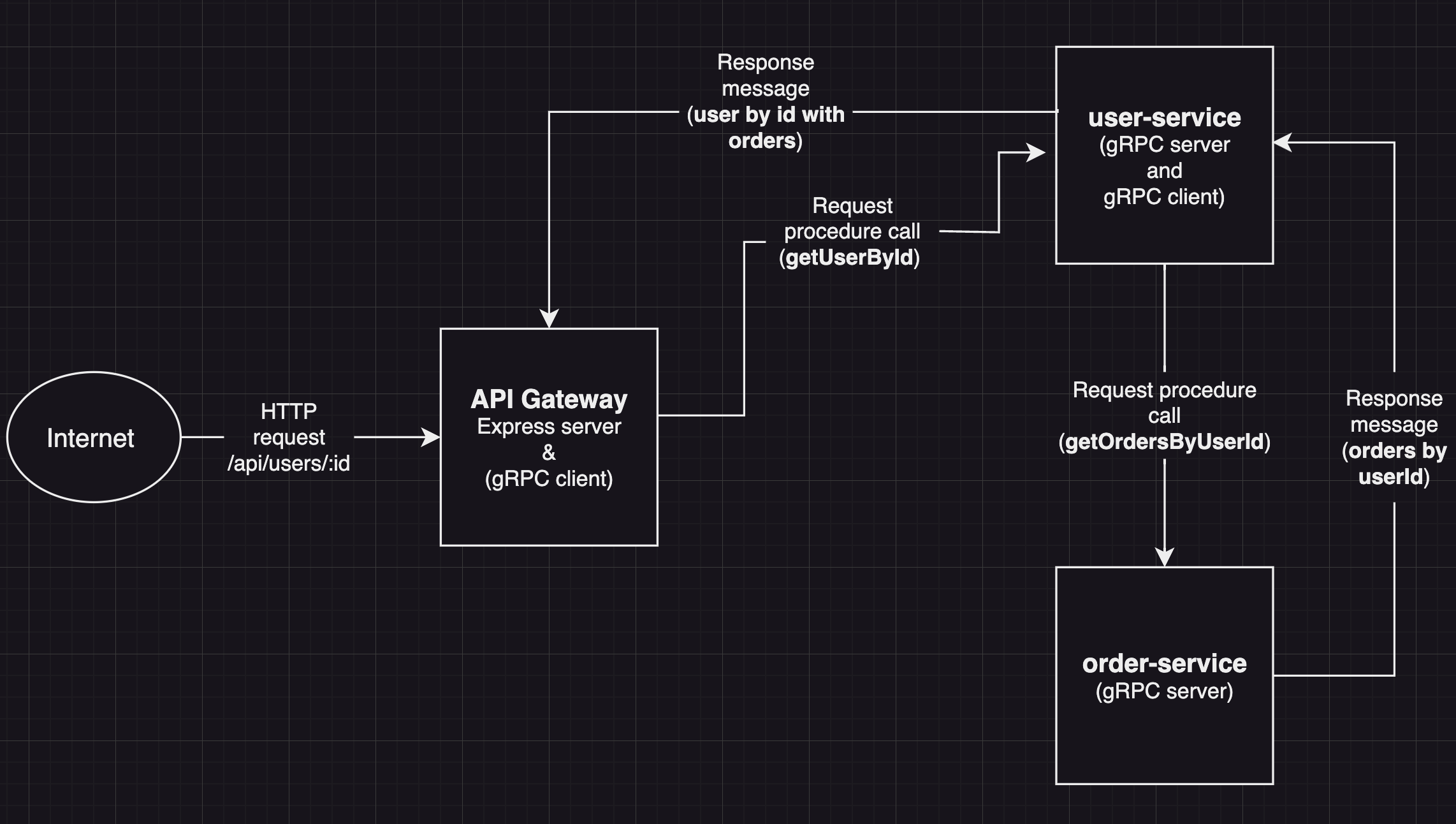Understanding gRPC - With example project
So what is gRPC? It’s an open-source remote procedure call framework created by Google. Let’s break it down a bit more to see what is RPC.
RPC (remote procedure call) is a protocol, it allows two or more computers to communicate with each other over the network in a way that clients can call functions/procedures on the remote server without having to understand network architecture or communication details of that remote system. In a nutshell, it works in a way that the client sends a message to a server requesting a function/procedure to be executed. The server receives the message and executes the requested function/procedure, and then sends a response message to the client. It’s efficient because it abstracts away the complexity of the network communication and with that programs can interact with each other as if they are on the same machine. There are several implementations of the RPC, one of them is gRPC.
At its core gRPC uses Protocol Buffers as its data serialization format. You can read more about Protocol Buffers in my previous blog. Protocol Buffers.
gRPC is very useful in scenarios where low-latency communication between backend services is required. It’s very powerful for cross-platform communication because of gRPC support for different programming languages.
Ok, enough of the theory. I’ve created a small project to play around with gRPC.
I have three services. “api-gateway” which is implemented in Typescript. It’s an express server that exposes api/users and api/users/:id
endpoints, it also acts as a gRPC client which communicates with “user-service” implemented in Python. This service acts as a both
gRPC server and client. “user-service” is also a client for the third “order-service” which is gRPC server implemented in Java.

Here is the Github Repo. Clone it or fork it, and play around with it. The best way to learn is by implementing something on your own :).
Have fun!
